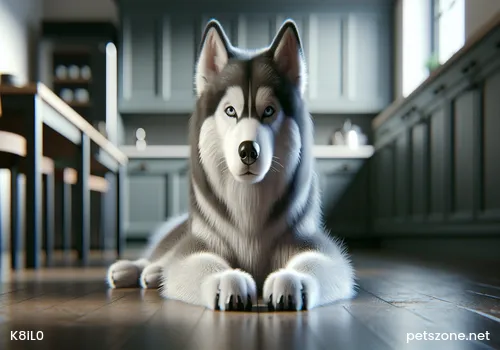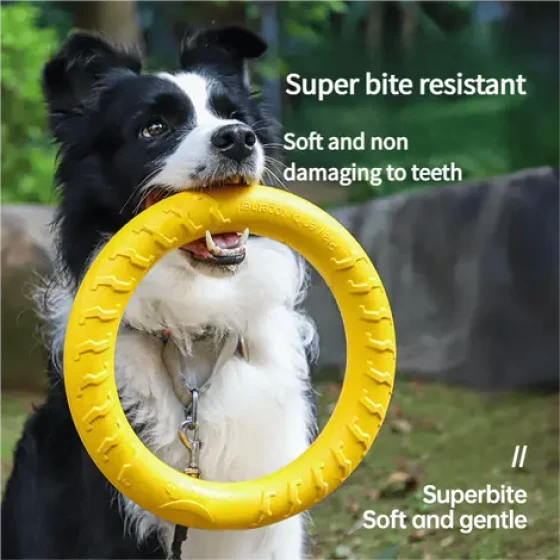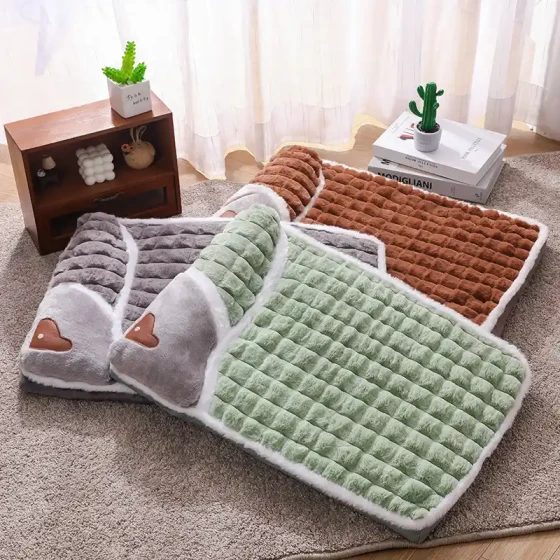Morphological Characteristics of the Belgian Malinois

Malinois Dog
The ideal shoulder height for a male Belgian Malinois should be 24~26 inches; for a female, 22~24 inches. The measurement point is at the withers. Males below 23 inches or above 27 inches; females below 21 inches or above 25 inches are disqualified. The body proportion should be square.
Morphological Characteristics
Head
The head outline is clear and neat, solid but not heavy. The size is appropriate in proportion to the body. Expression: shows alertness, attention, and readiness to act. The eyes display intelligence and inquisitiveness. Eyes: brown, darker brown preferred. Medium in size, slightly almond-shaped, not protruding. Eye rims are black. Ears: close to equilateral triangles in shape, firmly upright, proportionate to the head. The outer corner of the ears must not be lower than the eye center line. Drooping or semi-erect ears like those of a hound are disqualifying. The skull: the top of the head is slightly flat, not rounded, width roughly equal to length, not too broad. Stop is moderate.
Muzzle
Slightly pointed, not truncated in appearance, with length approximately equal to the skull. The contours parallel the head shape. The jaws are solid and strong. The nose leather is pigmented with no stains. Lips tight and black, with no pink visible externally. Bite: the Belgian Malinois has complete, strong white teeth, evenly distributed, scissors or pincer bite. Overbite or underbite are faults. An underbite with two or more upper incisors failing to meet lower incisors is disqualifying. Missing one or more teeth is a serious fault.[Neck, Topline, Body] Belgian Malinois neck: arched, sufficiently long, carrying the head proudly. Tapers gradually from the body upward toward the head. Topline: generally level, with withers slightly higher; the back from the withers to the croup remains level, straight, and firm. The croup is of medium length, gradually sloped.
Body
Gives an impression of strength without heaviness. Chest is not wide but quite deep, reaching the elbows. The underline (from deepest point of chest to belly) forms a smooth, elegant curve. Abdomen moderately developed, neither too tucked up nor distended. The loin appears short, broad, and solid from above, smoothly blending with the back. Tail: solid at root, extending to the hock; in motion, the tail curves gracefully upward, tapering toward the tip, never hooked. Docked tails are disqualifying.
Forequarters
Forequarters are muscular but not heavy, shoulder blades long and slanting, angled backward against the body, forming a clear angle with the forearm. Legs are straight, strong, and parallel, with oval-shaped rather than round bones. Length and texture are well balanced with the overall proportion. Carpus of medium length, strong, very slightly slanted. Dewclaws can be removed. Paws round (cat feet), toes arched and very tight. Nails strong and black (except white nails corresponding to white toes).
Hindquarters
The Belgian Malinois hindquarters balance with the forequarters; the hock joint is distinctly angled but not exaggerated. The upper and lower thigh bones run parallel to the scapula and forearm respectively. The leg length proportionate to the overall body, bones oval-shaped rather than round. Hind legs parallel to each other, with well-developed thigh muscles. Dewclaws, if present, must be removed. Metatarsus of medium length, strong and slightly slanted. Hind paws slightly longer, toes arched and very tight, pads thick. Nails strong and black (except white nails matching white toes).
Coat
The coat is fairly short, straight, hard, and able to resist adverse weather with a dense undercoat. Hair on the head, ears, and lower legs is very short. Around the neck, hair is slightly longer forming a ruff, similarly longer on the tail and rear thighs. The hair lies close to the body, neither standing off nor hanging.
Color
The base color varies from fawn to mahogany, with black hair tips. Ears and mask are black, with lighter fawn on the lower body, tail, and "pants". Fading fawn color on the body is a fault. Color is the last consideration and cannot override structure or temperament. Toe tips may be white. White markings on the chest are allowed but cannot extend to the neck. White in any other areas is a fault.
Gait
Movement is smooth, extended, and easy, appearing effortless. Agility is more important than driving power. At high speed, the tracks of the Belgian Malinois form a single line, with both fore and hind legs converging under the centerline of gravity. The topline is level and firm, aligned with the direction of movement. This breed performs better in circular motion than in a straight line.
Temperament
Correct temperament is fundamental for the Belgian Malinois as a working dog. The breed is very confident, neither shy nor aggressive in new environments. Reserved toward strangers but very affectionate with owners. Naturally protective of its people and property without excessive aggression. Strong work desire and quick response to commands. Fault: irritable temperament is a serious fault.
Faults
Faults depend on the extent to which the dog deviates from the above standards. Certain minor faults are judged by their impact on working ability.



